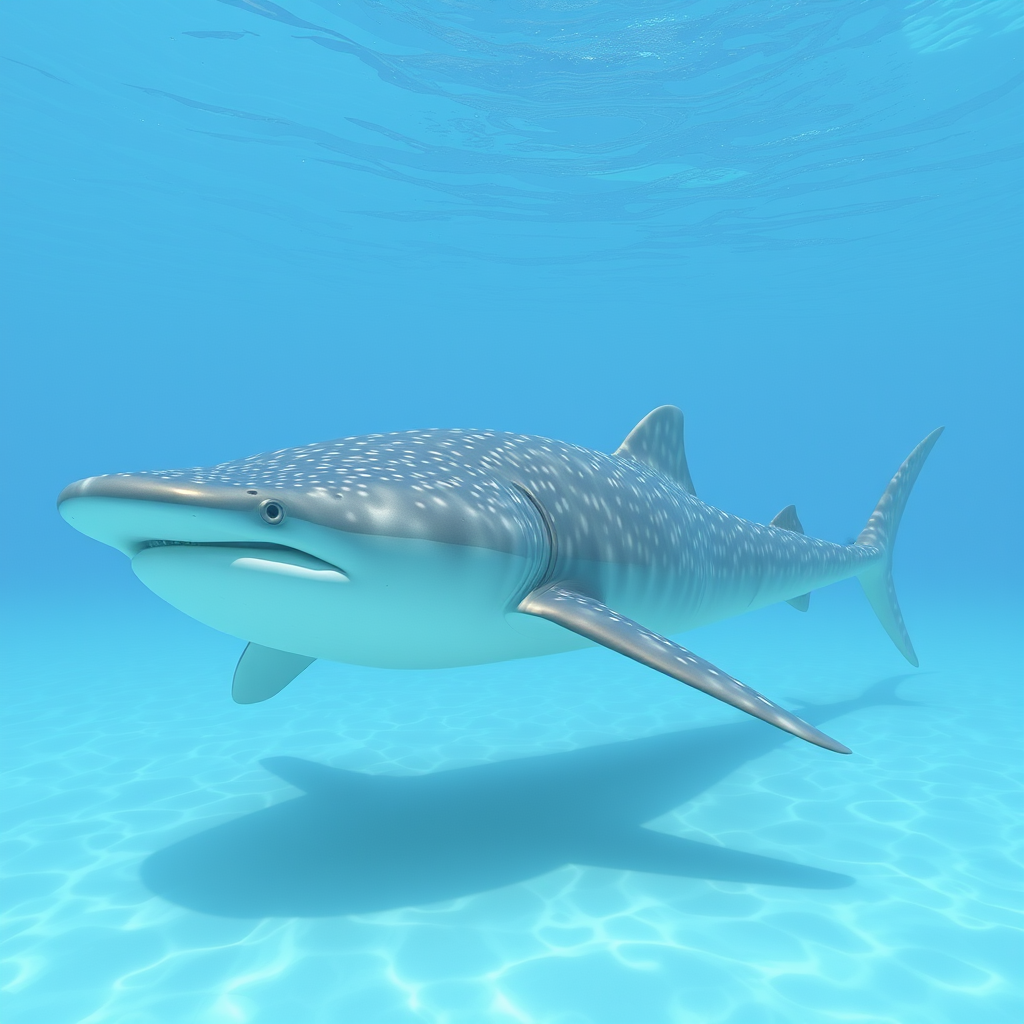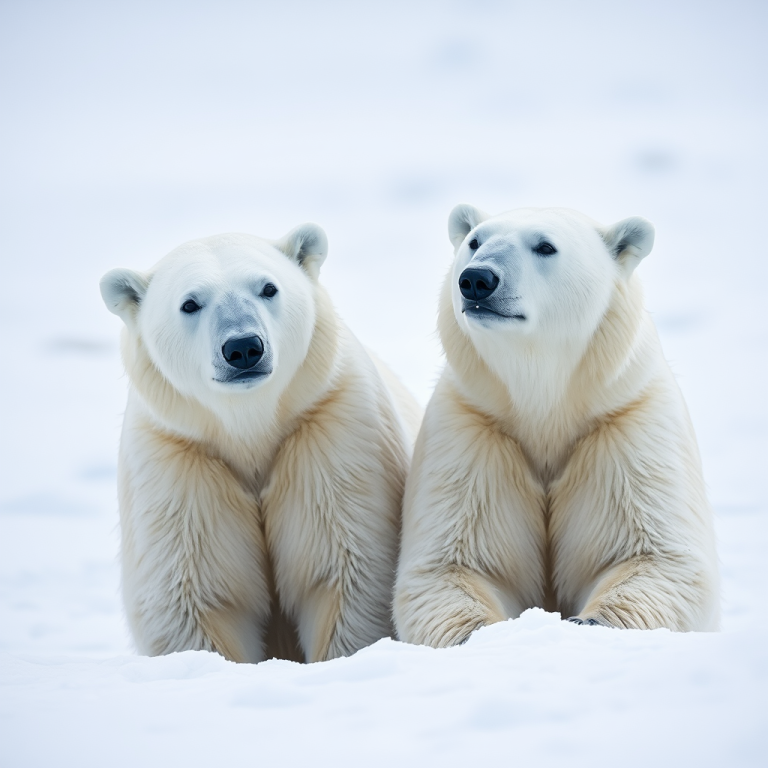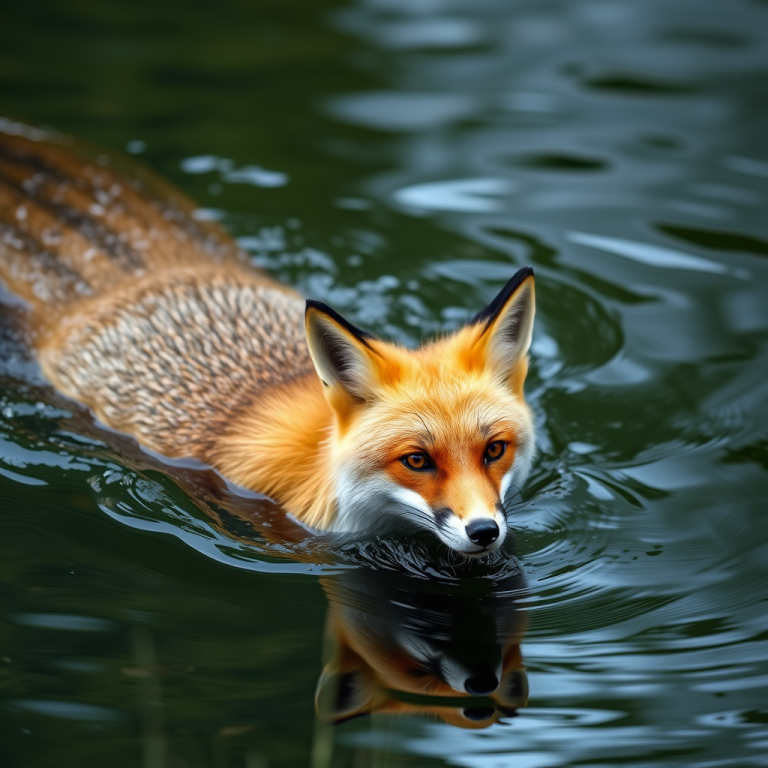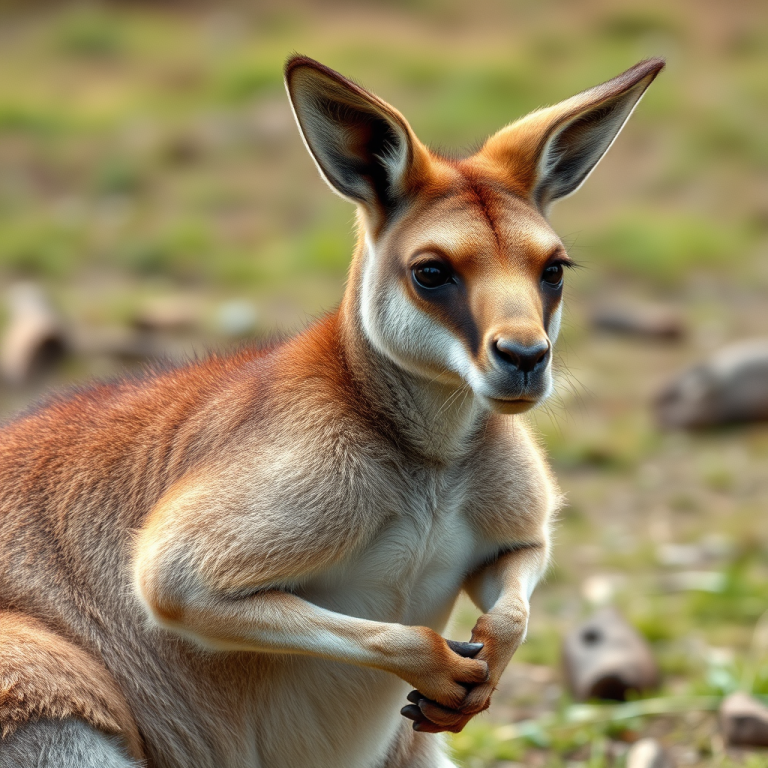Drifting Giants: Whale Sharks in the Sea
Whale sharks are the largest fish in the ocean, yet they carry themselves with a kind of slow-motion peace that almost doesn’t seem real. Despite their size and the word “shark” in their name, these gentle giants aren’t dangerous at all. In fact, swimming alongside one is considered one of the most magical experiences in the ocean. They glide like living submarines—massive, patterned, and ancient.
How Big Are They Really?
Whale sharks can grow up to 40 feet long, with some unconfirmed reports claiming even longer. That’s about the length of a school bus, and they can weigh over 20 tons. But size isn’t their only defining feature. Their broad, flat heads, wide mouths, and spotted skin give them a look that’s almost otherworldly.
Even though they belong to the shark family, they don’t act like typical sharks. They don’t hunt large prey or swim with sudden bursts of speed. Instead, they move slowly and steadily, almost like they’re in no rush to get anywhere. They’re built more for cruising than chasing.
What Do Whale Sharks Eat?
Here’s where things get really interesting. Despite being so huge, whale sharks are filter feeders. They swim with their mouths wide open, taking in water filled with tiny creatures like plankton, krill, small fish, and even eggs from other species. The water passes through gill filters that trap the food, and the rest is expelled.
It’s kind of like the ocean’s version of a vacuum cleaner—gentle, steady, and surprisingly effective. On some days, they can filter thousands of gallons of water just to get enough to eat. It’s a slow process, but one that’s worked for millions of years.
Where Can You Find Them?
Whale sharks prefer warm, tropical waters, and are usually spotted in places like the Philippines, Mexico, Australia, and parts of the Indian Ocean. They migrate long distances each year, sometimes across entire ocean basins, following food and shifting temperatures. Because they’re so wide-ranging, scientists are still learning about their patterns and behavior.
They’re often seen near the surface, especially when food is plentiful, which is why snorkelers and divers sometimes get the chance to swim near them. Being in the water with a whale shark is nothing like being with other marine animals. They’re calm, slow, and don’t seem to mind human presence—as long as you respect their space.
Unique Skin and Spots
Each whale shark has a pattern of spots and stripes that’s completely unique, kind of like a fingerprint. Scientists actually use photos of these patterns to identify and track individual sharks across years. The skin itself is incredibly thick—over four inches in some areas—and covered in tiny teeth-like structures called dermal denticles that help them glide through the water.
It’s wild to think about: something so massive and quiet, yet so beautifully detailed up close.
Are Whale Sharks Endangered?
Unfortunately, yes. Whale sharks are listed as endangered due to overfishing, habitat loss, and collisions with boats. In some places, they’ve been hunted for their meat, fins, or oil. Even though many countries now protect them, illegal fishing and accidental bycatch still pose a serious threat.
Their slow growth and late maturity make it hard for their populations to bounce back quickly. A whale shark may not start reproducing until it’s 30 years old—and even then, we still don’t know much about how often they give birth or where.
That’s why so many marine groups are working to protect them. Conservation, tourism guidelines, and global tracking efforts have helped raise awareness, but there’s still more to be done.
Final Thoughts
Whale sharks remind us that size doesn’t always mean aggression. They’re the calm giants of the sea, drifting slowly through warm blue water with no interest in the chaos around them. They’ve been here for millions of years, quietly keeping balance in the ocean’s ecosystem.
Seeing one in person is less like encountering a shark and more like watching a living miracle pass by. And in a world where fast and loud gets all the attention, maybe the whale shark is a reminder that power can be quiet too.
If you’re curious about the wonders of wildlife, stick around—there’s a whole world to explore at Wonder of Wild.







